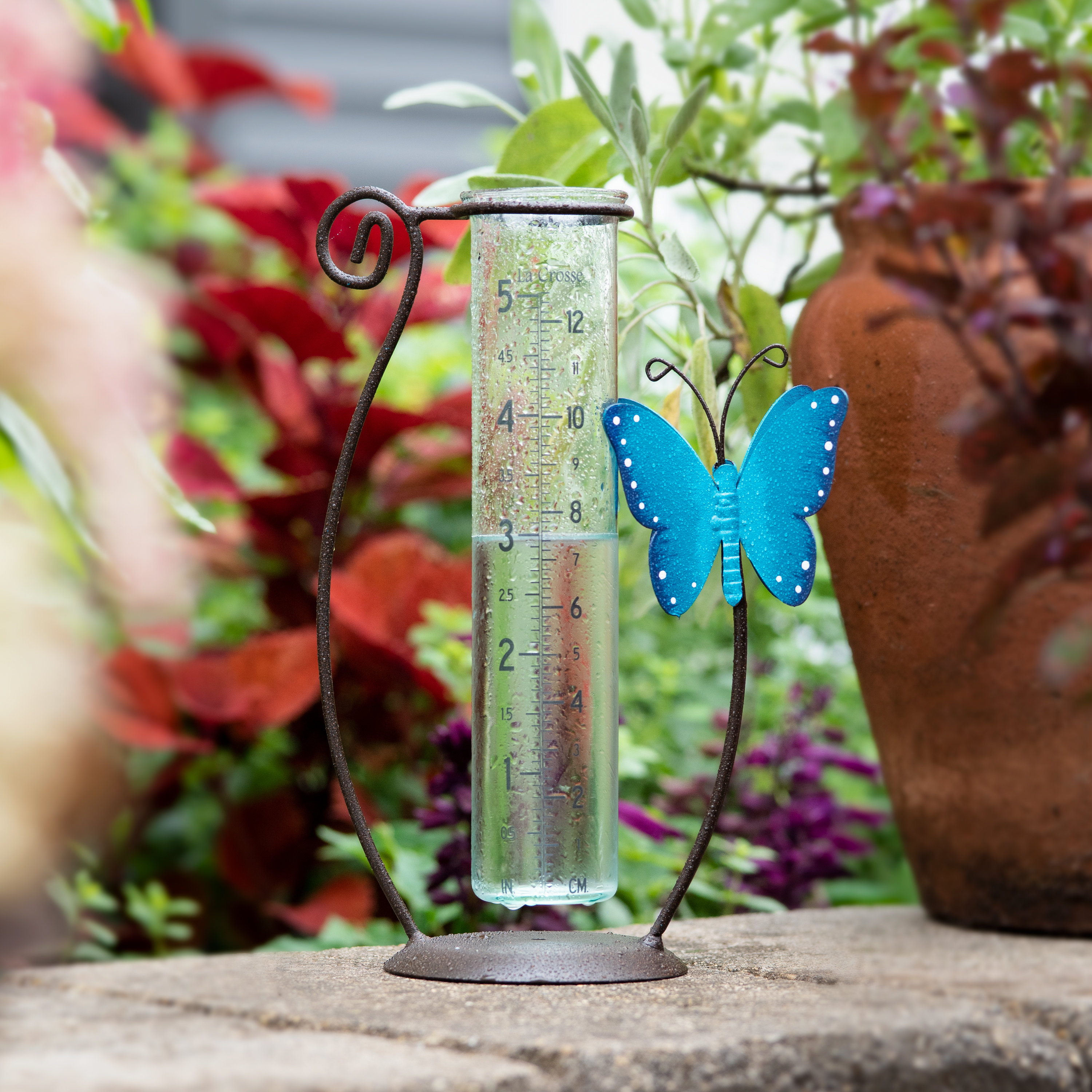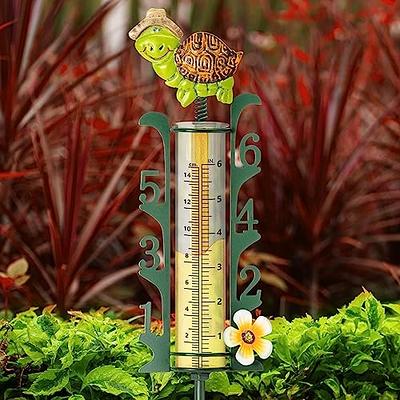The Rain Gauge: Enhancing Agricultural and Environmental Keeping Track Of Efforts
Wiki Article
Exactly How to Pick the Right Rain Gauge for Accurate Rain Data
To get reputable measurements, it is crucial to pick the ideal rain scale. Thinking about factors such as area, kind, and accuracy of the rainfall gauge will assist make certain exact data collection. Additionally, recognizing the maintenance and calibration treatments will contribute to the long life and dependability of your rain scale.Value of Choosing the Right Rain Gauge
The value of picking the right rain gauge hinges on acquiring reputable and specific rains data for accurate meteorological evaluation. Rain data is critical for a variety of applications, consisting of weather condition projecting, hydrological modeling, and climate research study. Unstable or unreliable information can lead to incorrect final thoughts and flawed decision-making processes.
Second of all, the accuracy and precision of the rainfall gauge are extremely important. The gauge must be able to gauge rainfall with high precision, recording also little amounts of precipitation properly.
Additionally, the location and setup of the rain scale are critical considerations. It needs to be put in an open area, far from blockages that can affect rains measurements. The scale should be positioned at a proper elevation and angle to avoid spilling and guarantee correct catchment of rainwater.
Elements to Take Into Consideration When Selecting a Rainfall Gauge
When choosing a rainfall gauge, there are numerous key variables to consider. These aspects can significantly impact the accuracy and reliability of the rainfall information collected. The initial element to consider is the kind of rain gauge. There are various kinds offered, consisting of standard rainfall assesses, tipping bucket rain determines, and weighing rain assesses. Each type has its own advantages and disadvantages, so it is vital to select one that finest fits your details demands and requirements.One more factor to think about is the material of the rainfall scale. Rainfall evaluates can be constructed from different materials, such as plastic, glass, or metal. The product chosen need to be resistant and durable to weather, guaranteeing that the rainfall gauge will endure the elements and provide exact dimensions gradually.
Precision is likewise a vital aspect to think about. Search for rainfall assesses that have actually been adjusted and evaluated for precision. Attributes such as anti-splash rings and funnels can also improve the precision of the measurements.

Last but not least, think about the climate and setting in which the rain scale will certainly be used. Various rain gauges are ideal for various environments, so it is necessary to choose one that is appropriate for the conditions in your location.
Different Types of Rain Gauges Readily Available
To even more check out the aspects to take into consideration when selecting a rainfall scale, it is essential to recognize the various sorts of rain assesses offered. There are numerous kinds of rainfall evaluates, each with its very own benefits and disadvantages. The most typical kind is the conventional rainfall scale, also referred to as the round rainfall gauge. This type is composed of a straight-sided round container with a funnel-shaped top. It is simple to use and offers more info here precise dimensions of rains.An additional kind of rainfall scale is the tipping pail rainfall gauge. As the rain drops right into the gauge, it fills up one side of the bucket, triggering it to tip and empty the water.
A 3rd type of rain gauge is the evaluating rainfall gauge. As the rainfall drops into the scale, it is collected in a container linked to an equilibrium.
Lastly, there are additionally remote rain assesses that use advanced modern technology to determine rains (The Rain Gauge). These evaluates usage sensors and transmitters to send out data wirelessly to a main system. Remote rain determines are practical for keeping track of rainfall in hard-to-reach locations or for massive information collection
Just How to Identify the Precision of a Rainfall Scale
One means to evaluate the additional reading precision of a rain gauge is by carrying out normal calibration measurements. Calibration entails comparing the analyses of a rainfall scale to a conventional dimension, such as a qualified rainfall scale or a climate station with high accuracy. By comparing the measurements, any disparities or errors in the rain gauge can be determined and made up.To conduct a calibration measurement, begin by accumulating rains data from both the rain scale and the conventional dimension tool over a specific time period, such as a month. Contrast the readings and compute the distinction between them. This difference is recognized as the calibration error.
It is essential to note that calibration dimensions ought to be done routinely, as ecological variables, such as temperature level, particles, and wind, can affect the precision of the rainfall gauge with time. By carrying out regular calibrations, any kind of modifications in the accuracy of the rainfall gauge can be spotted and adjustments can be made as necessary.
In enhancement to calibration, it is also advised to clean and keep the rain gauge consistently to guarantee its precision. Eliminate any particles or obstructions that might affect the precision of the measurements, and examine for any indicators of damage or put on that may need repair work or substitute.
Tips for Preserving and Adjusting Your Rain Scale
Routine maintenance and calibration are critical for making sure the accuracy and integrity of your rain gauge in measuring rainfall data (The Rain Gauge). By following a few basic tips, you can make certain that your rainfall gauge is correctly preserved and calibratedFirst of all, it is very important to cleanse your rain gauge on a regular basis to stop any particles or dirt from obstructing the rain collection mechanism. Make use of a soft brush and a mild detergent to gently cleanse the within and beyond the scale. Rinse it completely with tidy water and allow it to dry completely before reinstalling it.
Secondly, it is advised to adjust your rain gauge at the very least annually. Calibration entails contrasting the measurements of your rain gauge with those of a trusted and exact reference gauge. This will assist you determine and remedy any kind of possible mistakes in your rain gauge's dimensions.
To this website calibrate your rain scale, accumulate a known quantity of water making use of a measuring container and compare it with the dimensions tape-recorded by your rainfall gauge. Readjust the readings accordingly to make sure precision.

Final Thought
In final thought, choosing the ideal rain gauge is crucial for getting precise rainfall data. Variables such as budget plan, location, and purpose must be thought about when picking a rainfall gauge. There are different kinds of rain determines available, each with their own benefits and limitations. It is necessary to consistently maintain and adjust your rain scale to ensure its precision. By following these standards, exact rainfall information can be acquired for various applications.There are various types available, including common rain assesses, tipping bucket rainfall assesses, and evaluating rain evaluates.To even more discover the factors to consider when choosing a rainfall gauge, it is important to understand the various types of rainfall assesses available. The most typical type is the standard rainfall scale, additionally understood as the round rainfall scale.An additional type of rainfall scale is the tipping pail rainfall scale. Calibration involves contrasting the readings of a rain scale to a conventional measurement, such as a qualified rainfall gauge or a weather condition terminal with high precision.
Report this wiki page